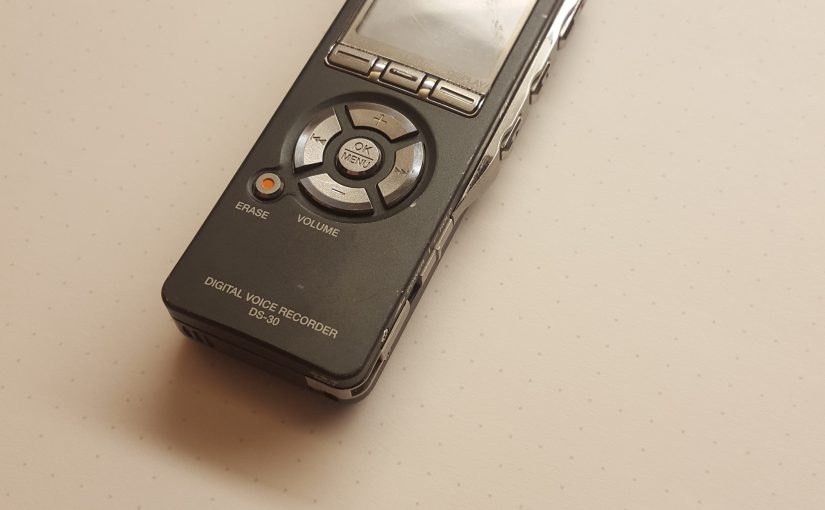Thursday, Robert and I met with Dr. Finck at USAO. While we unfortunately did not gain as much information as we had hoped, Dr. Finck was still a wonderful resource and pointed us in other directions to further our search. He had not yet read The Catcher in the Rye, though did understand the stance of wanting to censor from the parental level if something were to be considered pornographic. This was a large claim in our case, so having a parental viewpoint aside from that of our own is useful.

Dr. Finck explained his area of expertise to us, which is good for future class references. We were directed to Dr. Hester, the American Indian Studies and Oklahoma History instructor here; Dr. Anderson, one of the Literature instructors here; and Dr. Rees, who may have instructed a class which discussed The Catcher in the Rye. That information will be followed-up on in the interview this Friday.
Dr. Brown was our interview last Friday and also incredibly helpful. She discussed censorship in general with us and reiterated parts of why Catcher is so controversial. She invited us to come back if we had any other questions for her and seemed whole-heartedly interested in our project.
Robert and I interviewed Dr. Hester today. His faculty page lists him correctly as the American Indian Studies professor and advisor, however there is little to no mention of his involvement with Oklahoma History outside of Native American context. This lead us to believe we may not receive helpful information from him. We were absolutely wrong, however, because Dr. Hester helped enormously in the context of Oklahoma in general. He corrected us on the belief of political lag, citing it as more of a strange inverted social atmosphere. Oklahoma began as a socialist-leaning state, housing more socialists than New York at one time, and during the era of the Tulsa case flipped to conservative views. Oklahoma does, however, have a social lag that can be about seven to ten years in length. This may be important as we look further into the historical context of the Tulsa challenge of Catcher in the Rye.
Overall, much information was gained from these interviews. While we may not have found the exact insight we were looking for, information was uncovered. One important take-away from these interviews, for me, was none of these individuals had heard of the Tulsa challenge much if at all. This really emphasized to me how much bannings in general get covered, but also just how far people were willing to go to in order to cover unfavorable events.




